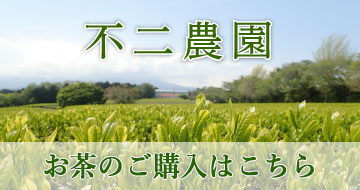フィールド日記
2025.05.27
スイカズラ
スイカズラが咲いています。スイカズラ科のつる性木本で、林縁や道端などでもよく見られます。花ははじめ白色で、後に黄色に変化することから、キンギンカ(金銀花)という別名もあります。
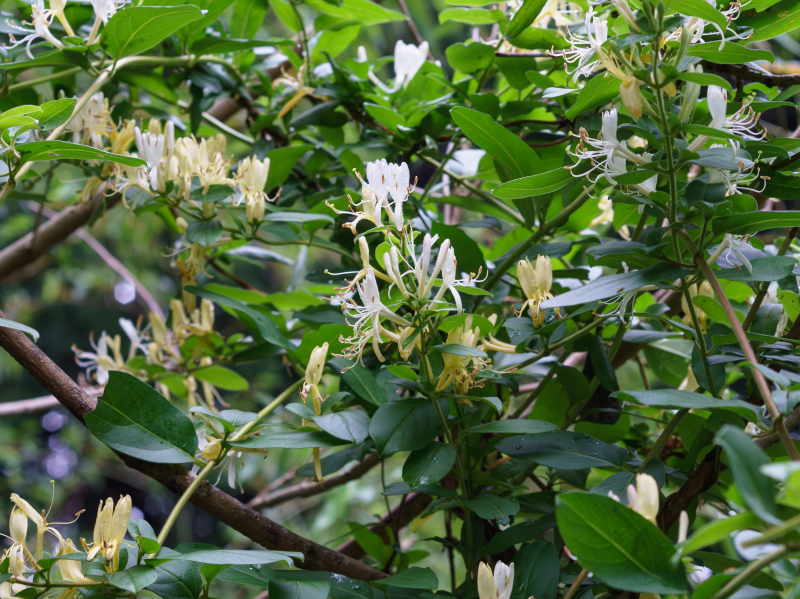
"Suikazura (スイカズラ)" trees are in bloom. They are woody vines in the Caprifoliaceae family that grow on the edges of forests and roadsides. Their flowers start out white and gradually turn yellow, which is why they are also called "Kin-Gin-ka (キンギンカ)", which means "Gold and Silver-flower" in Japanese.
2025.05.23
ヤマサギソウ
ヤマサギソウが咲いています。日当たりのよい草地に生えるランの仲間です。草地の減少などから多くの地域で絶滅が危惧されています。不二聖心では茶草場農法によって草地に生息する貴重な動植物の生育環境が維持されています。
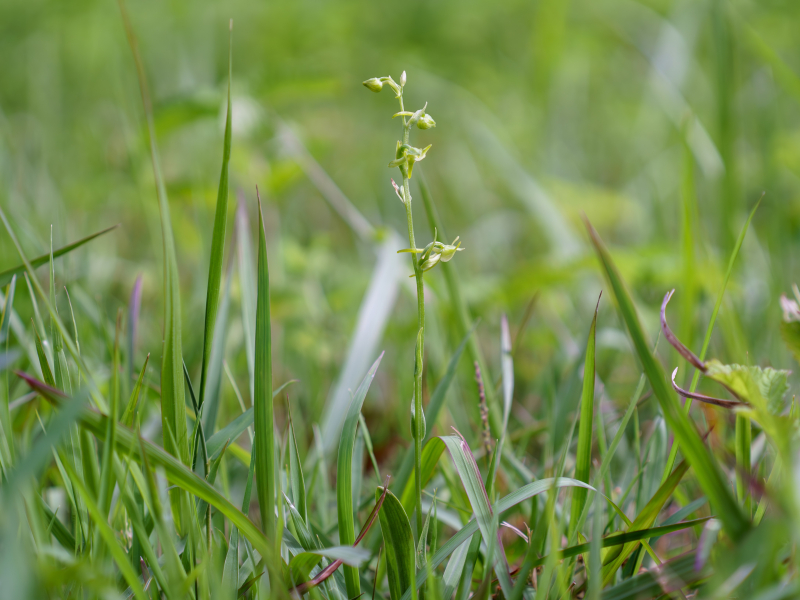
2025.05.20
オカウコギ
オカウコギが咲いています。ウコギ科の落葉低木で、落葉樹林内に見られます。近縁種のヤマウコギととても似ているようですが、葉の表面に立毛があることなどで見分けることができます。若芽は食用となります。
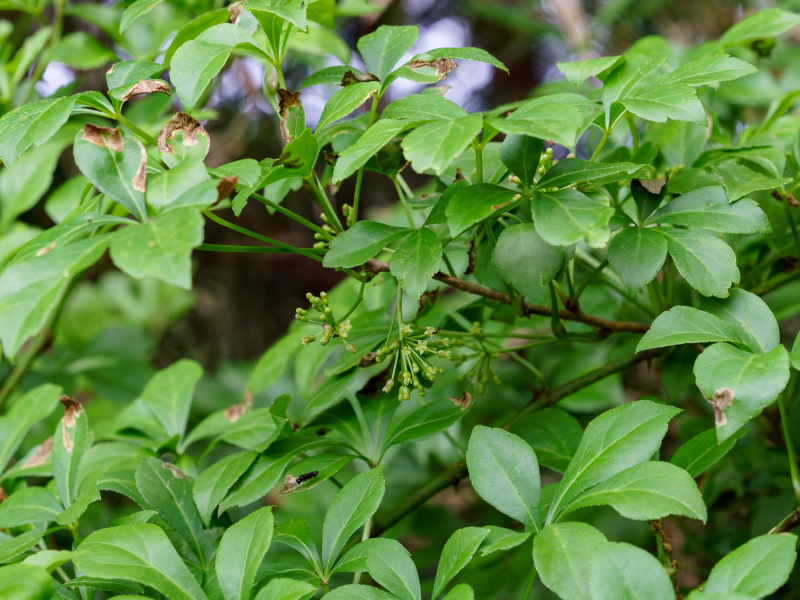
2025.05.16
クロチク
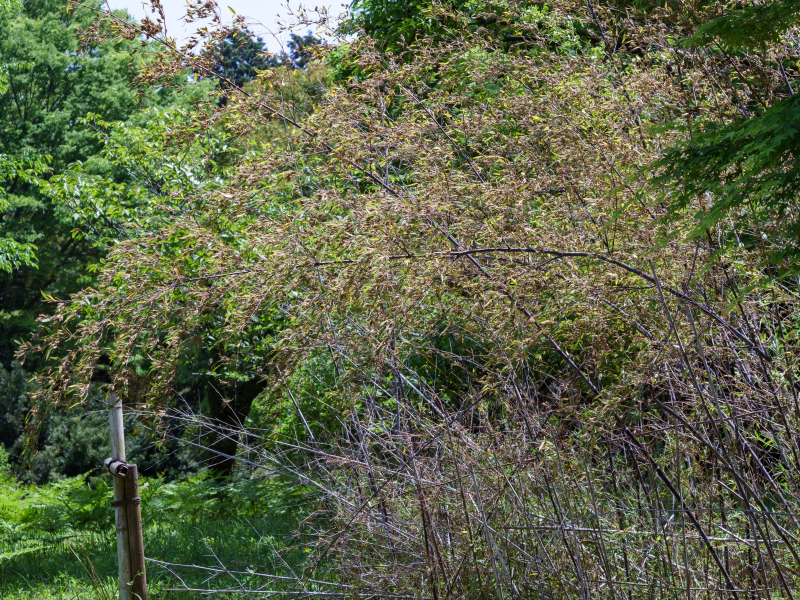

2025.05.13
ポポー
ポポーが咲いています。北アメリカ原産のバンレイシ科の落葉樹で、春にチョコレート色の花を咲かせます。秋に熟す果実は食用となります。雑木林などに逸出したものが見られることがあり、この個体もヒノキ林の林縁に生えていました。
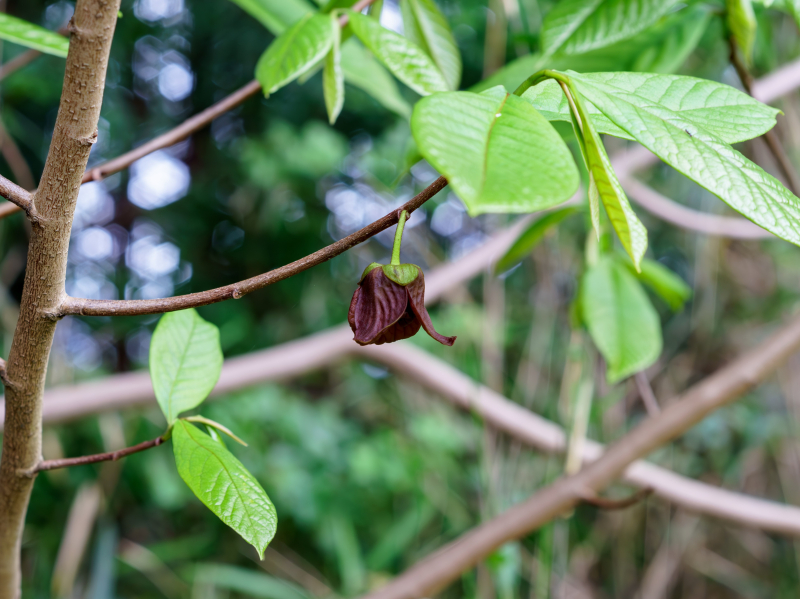
Pawpaw trees are in bloom. They are deciduous trees native to North America and produce chocolate-colored flowers in spring. Cultivated trees sometimes spread into woods, and the one in the photo is growing on the edge of a Japanese cypress forest.
2025.05.09
アマドコロ
アマドコロが咲いています。草地や明るい林内に生えるキジカクシ科の多年草です。花は近縁のナルコユリに似ていますが、アマドコロは茎に稜があることで見分けることができます。
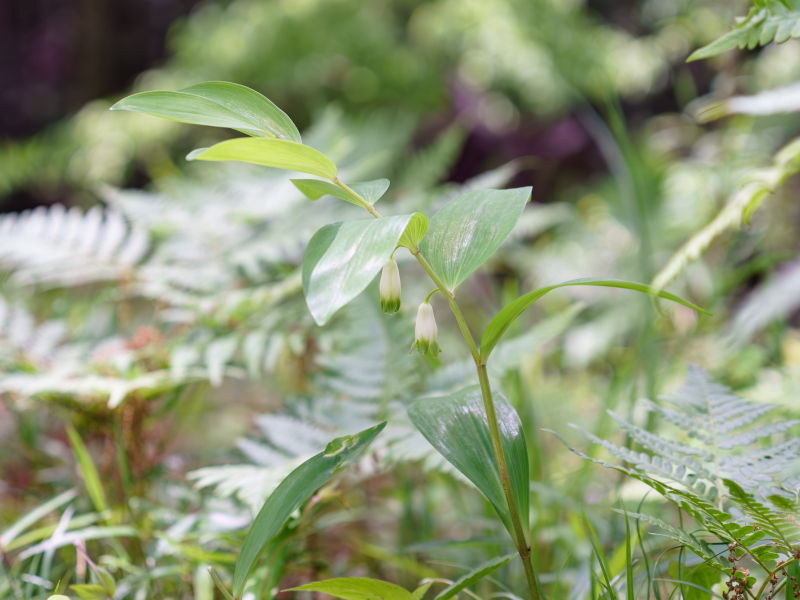
2025.05.06
フジ
フジが咲いています。マメ科のつる性落葉木本です。他の樹木に巻きつき、樹冠をおおうほど高く上ります。古くから観賞用に栽培され、各地に藤の名所があります。

2025.05.02
サンショウ
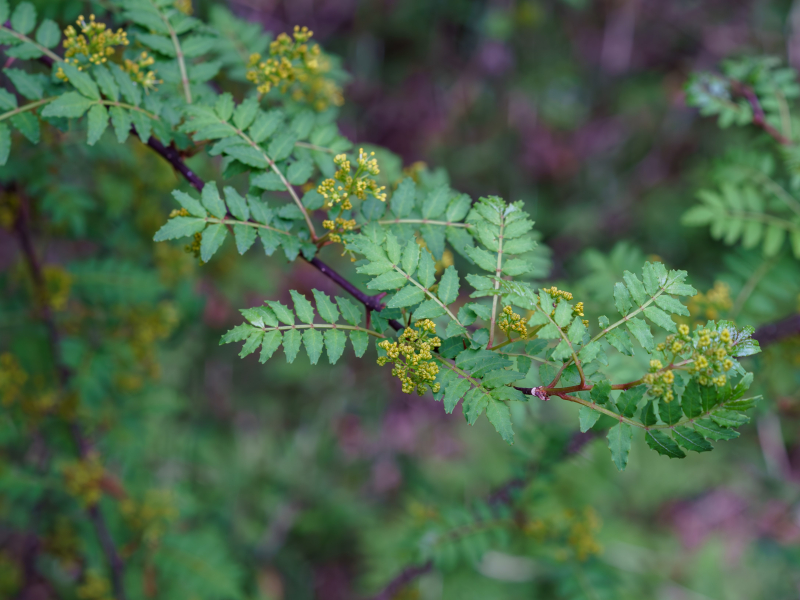
2025.04.29
ムラサキケマン
ムラサキケマンが咲いています。道端などに生えるケシ科の越年草です。近縁種のなかで最も普通に見られます。
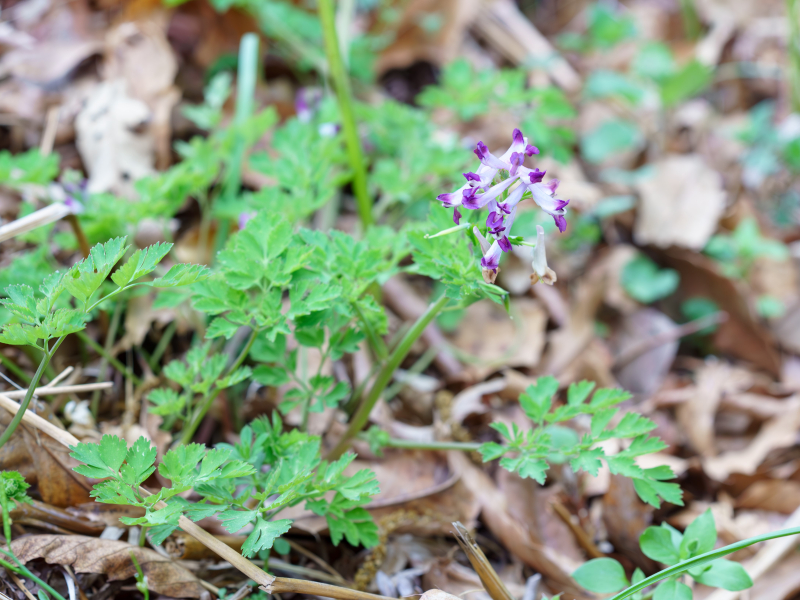
2025.04.25
ゼンマイ
ゼンマイが生えています。草地や樹林内に生える夏緑性のシダ植物です。春の山菜としてよく知られています。葉は胞子葉と栄養葉で分かれており、食用には栄養葉が利用されます。

"Zenmai (ゼンマイ)" plants are sprouting. They are a summergreen fern that grows on grass fields and in forests. Zenmai is known as an edible fern. The shapes of the fertile and sterile fronds are different, and the sterile fronds are used as food.








